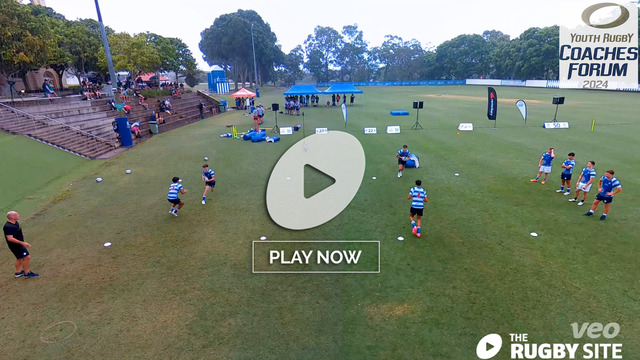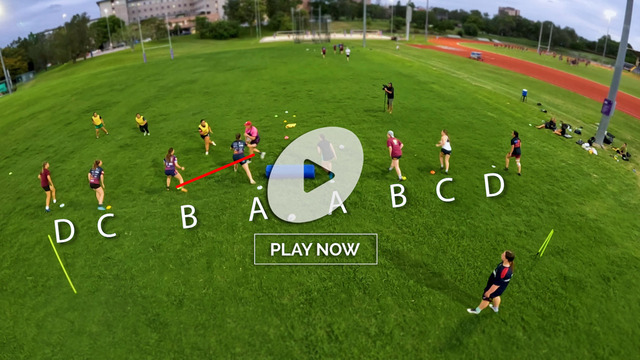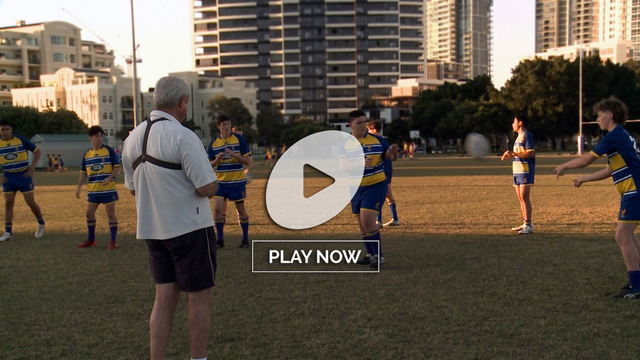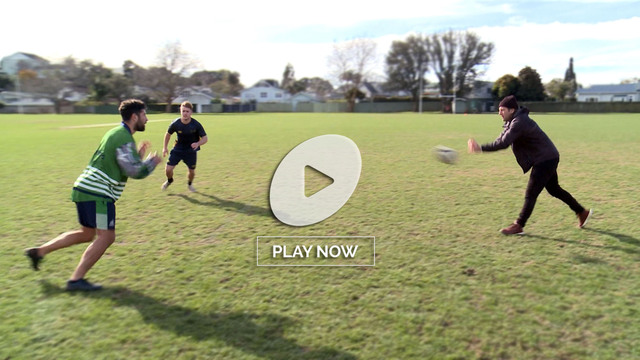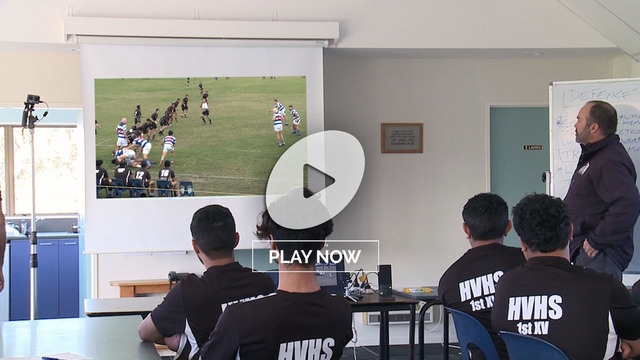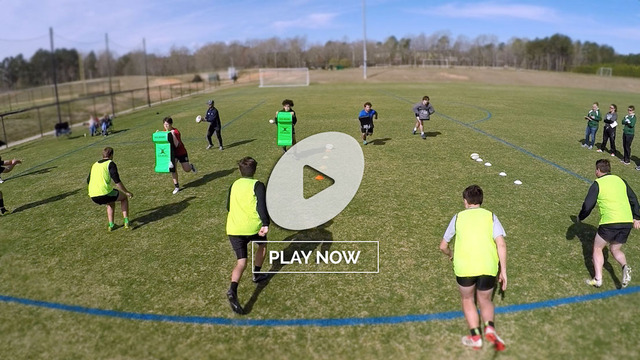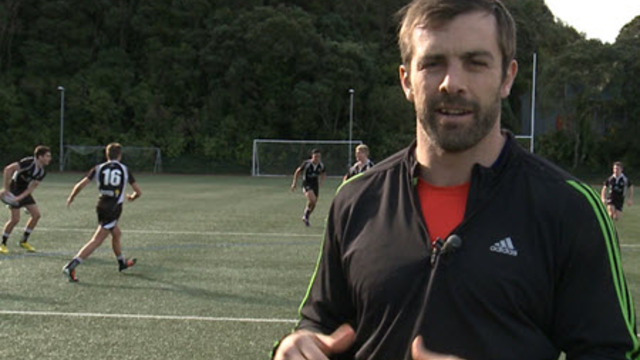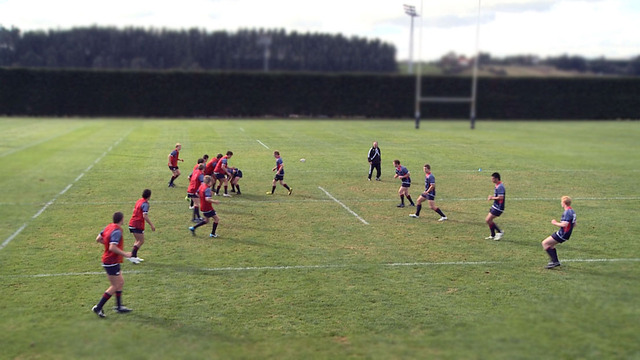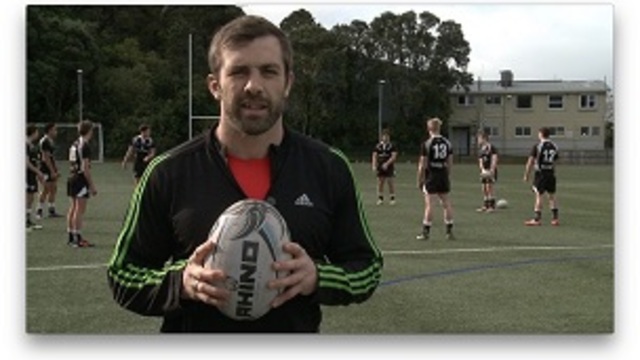There is a saying from The Koran which is very apt for Rugby coaches, or indeed coaches in any team sport:
“Abu Hurayrah, may Allah be pleased with him, narrated that the Prophet, peace be upon him, said:
‘The believer does not allow himself to be stung twice from the same hole’.”
In a sporting translation, the first rule of Rugby defence could be summarized as follows: ‘never give up the same break twice’. That is especially true of defence early in the phase-count, when pre-planning prior to the game tends to matter more. Give up the break if it cannot be avoided, but at least show some adjustment to that first breach in your subsequent play.
If your opponent knows that you will allow yourself to be stung more than once from the same hole, he/she does not even have to think about what they are doing. It becomes a simple case of rinsing and repeating the same play, at least until you find a way to defuse it.
From that point of view, the book of the recent English Premiership match between two top-flight clubs, Leicester Tigers and Saracens, made for fascinating reading. The two clubs have won the last two championships in 2020-21 [Leicester] and 2021-22 [Saracens] but the encounter at Welford Road proved that even at the highest level, basic mistakes can be made, and repeated.
Saracens ran the same base play from lineout on three separate occasions in the course of the game, and they came out heavily in credit, with one try, two clean breaks, one tackle bust and one pressure position established deep in the Tigers 22.
The first time they essayed the move in the 20th minute, it resulted in an excellent try for the visitors:
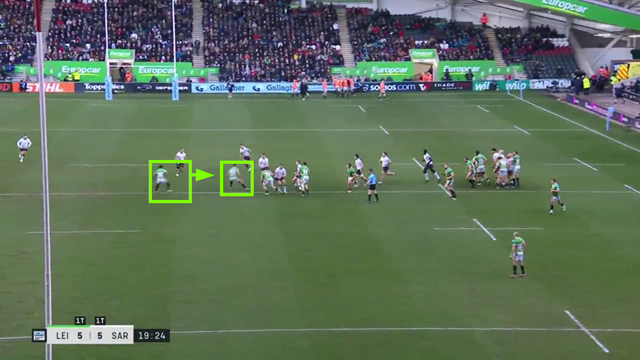
From a five-man lineout, Sarries push their scrum-half Gareth Simpson to first receiver, with #12 Nick Tompkins and #8 Ben Earl running hard ‘unders’ lines and #10 Owen Farrell and blind-side wing #11 Sean Maitland the key receivers in the second line of attack behind them, looking towards the space around the far corner flag.
The key defender is Leicester #10, and double World Cup winner with the Springboks, Handre Pollard. South Africa typically take a very hard ‘out-to-in’ attitude on first phase D, and much of it rubs off in Leicester’s approach to this play. At the critical moment when ball reaches Farrell [at 18:56 on the clip], Pollard has planted both feet, with his outside foot and shoulder clearly ahead of the inside half of his body and the weight on his right foot. #12 Solomone Kata has to follow Pollard’s lead, and that means neither defender can push off to the outside when the ball has passed beyond them.
Farrell hits Maitland, and #13 Dan Kelly is too slow to close down the money-pass from the Scotland wing to Elliott Daly for the score:
This example illustrates a classic confusion of purpose. If Pollard begins by slanting from the out-to-in and pushing off his outside foot, the #13 must be tighter, tight enough to be able to take the second line runner man-and-ball.
The second big example occurred 50 minutes later, and with very little change from a defensive viewpoint. It was very nearly as decisive in its outcome:
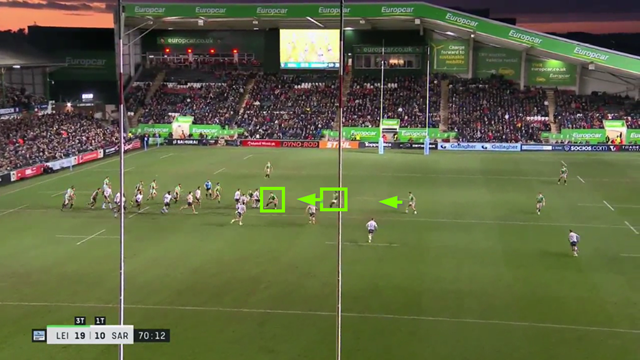
Once again Pollard comes up with his outside foot ahead of the inside foot, with Kata replicating his lead. Once again, Kelly leaves himself isolated in the same hole – a two-on-one versus Maitland and Daly – and the same break results. The only difference is that Saracens failed to convert break into try immediately:
The only real adjustment Leicester made on defence occurred on a similar play run towards the end of the first period:
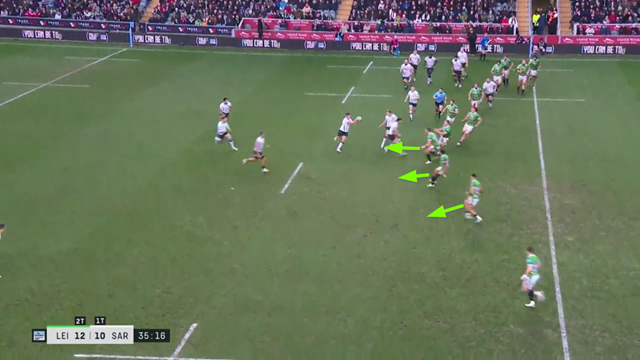
It is still 10-on-10 defence, but this time Pollard is squarer to the target and that allows the men outside him to shift laterally to the outside with greater ease. A tremendous offload by Daly creates a kicking opportunity down the channel, but on this occasion at least, the ball finds its way back into Leicester hands.
Summary>
The first rule of defence is that you never want to be ‘stung twice from the same hole’, and that outcome can only occur when there is a basic disconnect in understanding.
With the Tigers #10 leading the line up from out-to-in, it left his #13 in a black hole of misunderstanding where he could be stung by the same play twice. With Handre Pollard moving up square, Dan Kelly immediately felt more comfortable and connected to his role, and therefore able to make a tackle on Elliot Daly. Whatever the pattern of defence, every player needs to be on the same page in terms of their attitudes and adjustments.




